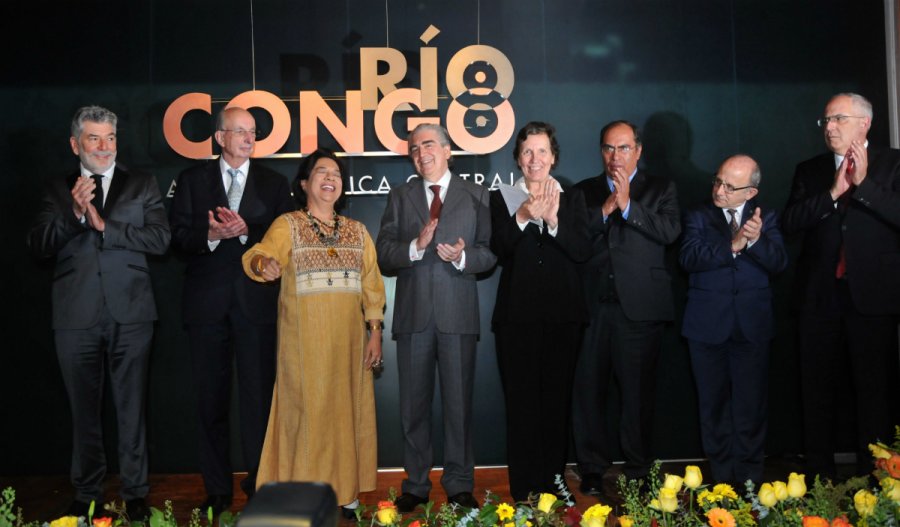Noticias
In return for The Maya. Disclosure of endless time
Inauguration of the exhibition Congo River, Arts from Central Africa at the National Museum of Anthropology
December 17, 2015Three hundred forty-six pieces from collections and funds of the Quai Branly Museum in Paris, France, are part of Congo River, Arts from Central Africa, exhibition that brings the Mexican public a culture and expressions developed by the peoples living along the Congo river, an area comprising six countries: Cameroon, Equatorial Guinea, Gabon, Republic of Congo, Democratic Republic of Congo and Angola.
The National Museum of Anthropology in Mexico City is the building that hosts the exhibition organized by the National Institute of Anthropology and History (INAH, for its acronym in Spanish) and the Quai Branly Museum, described by the president of the National Council for Culture and Arts (Conaculta, for its contraction in Spanish), Rafael Tovar y de Teresa, as the most complete exhibition of African art ever presented in Mexico and Latin America
During the inauguration, the head of Conaculta stated that Congo River, Arts from Central Africa is the result of 20 native cultures legacy that produced the common themes to the great civilizations: life, death, fertility, expressions where different materials are used.
Congo River, Arts from Central Africa will reveal a culture perhaps quite unknown and distant to us, but it has the common denominators attractions of what human life is, Tovar y de Teresa said.
He said that the exhibition presents an extraordinary collection from Quai Branly, a new gesture of friendship between France and Mexico, coming into the country in return for The Maya. Disclosure of endless time, Mexican exhibit seen in France by over 220,000 people.
On her behalf, Maryse Bossière, Ambassador of France in Mexico, said that Congo River, Arts from Central Africa is an encounter between three continents: the American, where Mexico is located; the European, where the exhibition comes from and its curator Francois Neyt and the African, where the pieces are from.
She added that the exhibition is a tour from the northern forests to the southern Africa savanna, where "an impressive number of works of art" can be seen, same that stimulated the plastic concerns of European artists, such as Pablo Picasso, Amedeo Modigliani, Henri Matisse and Gustav Klimnt, allowing them to go to abstraction.
In comparison to the exhibitions at the Asian Civilisations Museum in Singapore, Shanghai, South Korean national museum, Archaeology and History museum of Le Mans and at the Sédières castle in France, the assembly displayed at the National Museum of Anthropology (MNA, for its acronym in Spanish) is richer and more complete because it has two sections dedicated to musical instruments and graphic arts, where 100 pieces that were never been on display before, including weapons and tapestries, are presented.
Meanwhile, Maria Teresa Franco, general director of the National Institute of Anthropology and History, said that representation and meaning, form and content are integrated in every object "The appearance and the universe are inseparable from the ideas which express an indivisible whole, the masks, the reliquary sculptures, the images of the ancestors, the protective figures, the female representations and the insignias”
Heart-shaped masks, sculptures and textiles talking about the strength of rituals and customs marked in Bantu languages cultures who settled in a territory defined by the Congo and Ogooué rivers, from the Atlantic coast to Lake Tanganyika and from jungle areas to the subequatorial savanna.
Congo River, Arts from Central Africa will be on display until next April 3, 2016 in the Temporary Exhibition Hall of the National Museum of Anthropology, located in Paseo de la Reforma and calzada Gandhi. Hours: Tuesday to Sunday from 9:00 to 19:00 hours. Sunday, free entrance.
Mexico,Distrito Federal
